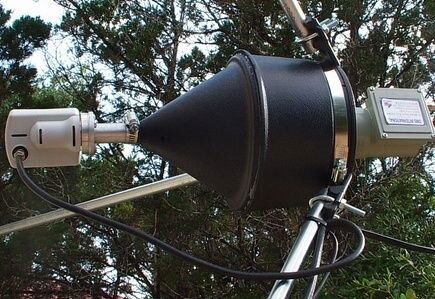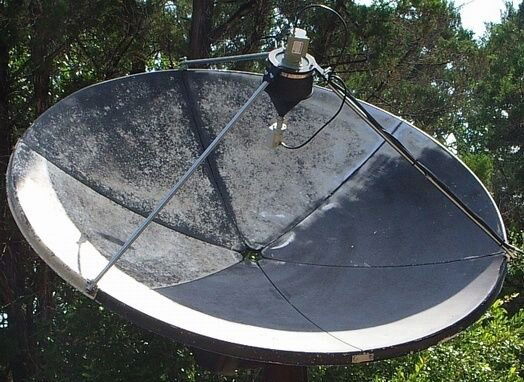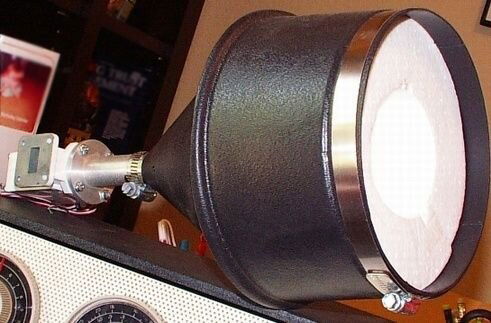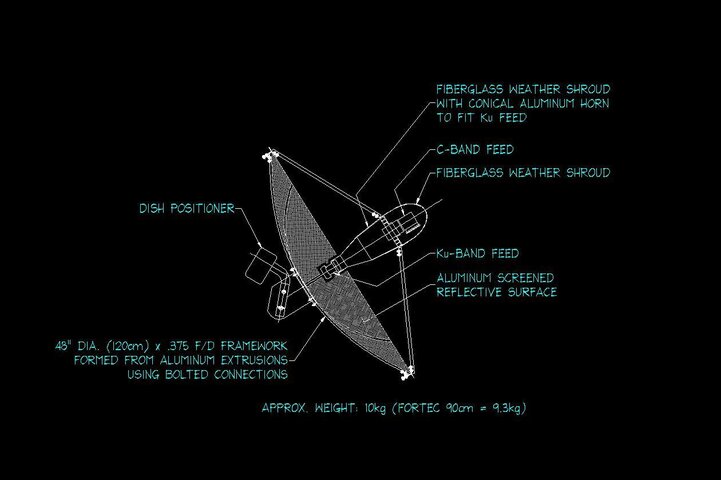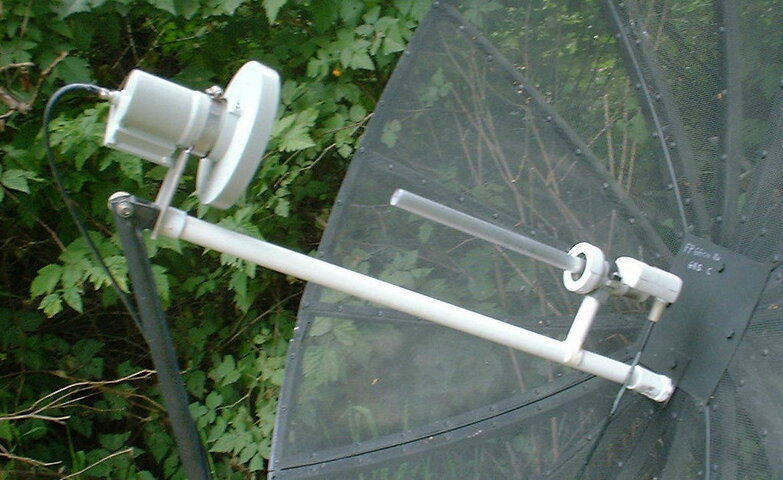Where's it at?
Posted 05-27-2005:
Any word on this? There's at least two or three threads discussing the best way to use both C-band and Ku on a single dish. I'm trying to come up with a way to use my Invacom 0.3dB and the offset C-band lnb together, and it always comes back to the same thing... there is only ONE focal point on a dish. You can stretch it a bit, deal with signal loss and work in parrallel, but the bottom line is that if you want to get the most out of your dish, use a single lnb at the prime focal location. In my opinion, the only thing lacking in our MicroBUD setups is dual band compatibility. And no, I don't count using archaic 10-12' prime focus BUD co-rotor
Anything? Anyone? (echo, ehco, echooo....)
Posted 05-27-2005:
Sadoun said:Sadoun will be introducing a new "Prime Focus" C/KU band COMBO LNB. It is an integrated feedhorn, voltage controlled 13/18V C/KU band LNBF. We will be testing the LNBF soon before releasing it to the market. The LNBF will have two F outputs (one for KU and one for C-band). So you will have to use a 2-way DiSEqC switch.
I just thought to let the Satelliteguys members know in advance.
Any word on this? There's at least two or three threads discussing the best way to use both C-band and Ku on a single dish. I'm trying to come up with a way to use my Invacom 0.3dB and the offset C-band lnb together, and it always comes back to the same thing... there is only ONE focal point on a dish. You can stretch it a bit, deal with signal loss and work in parrallel, but the bottom line is that if you want to get the most out of your dish, use a single lnb at the prime focal location. In my opinion, the only thing lacking in our MicroBUD setups is dual band compatibility. And no, I don't count using archaic 10-12' prime focus BUD co-rotor
Anything? Anyone? (echo, ehco, echooo....)



